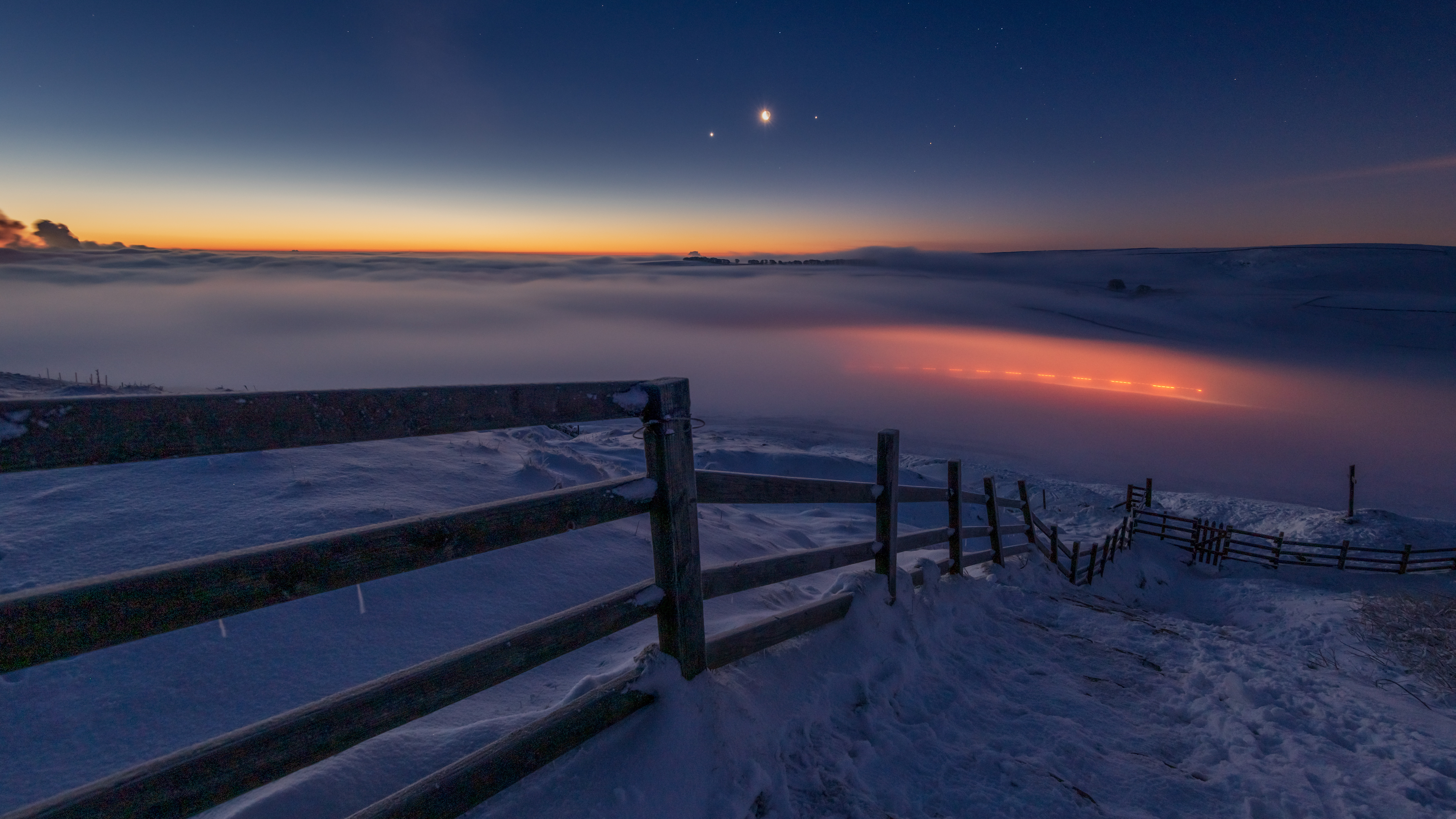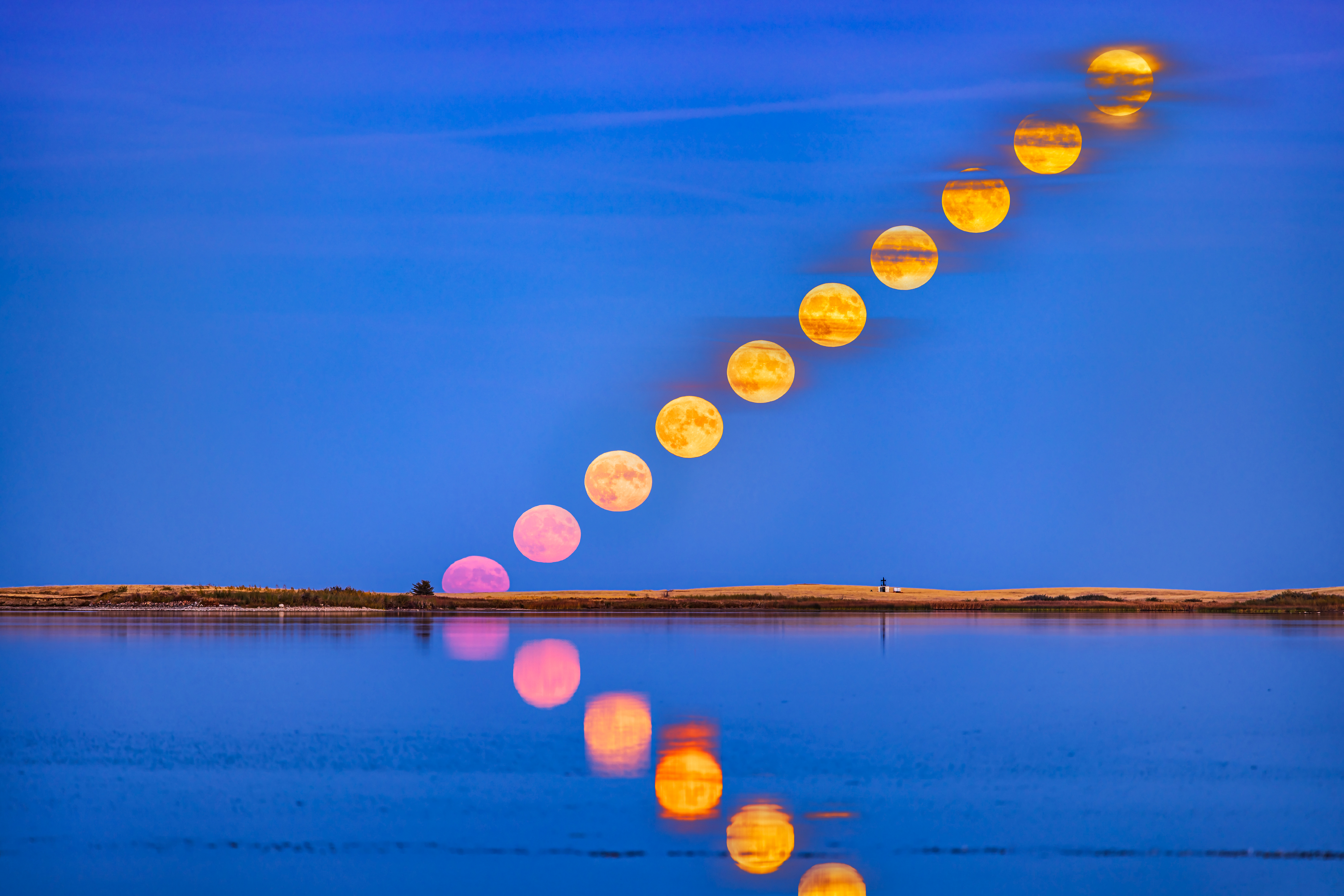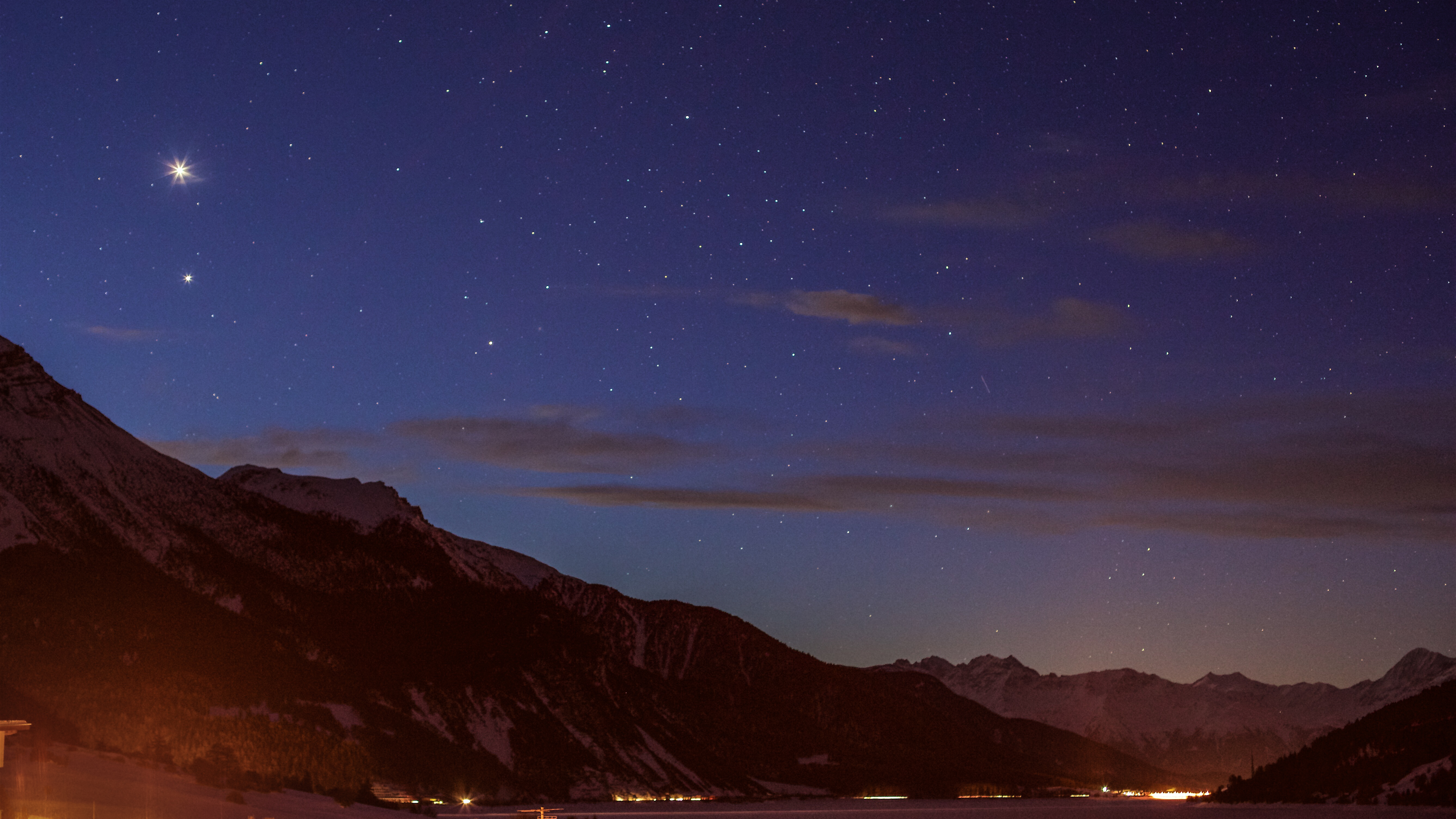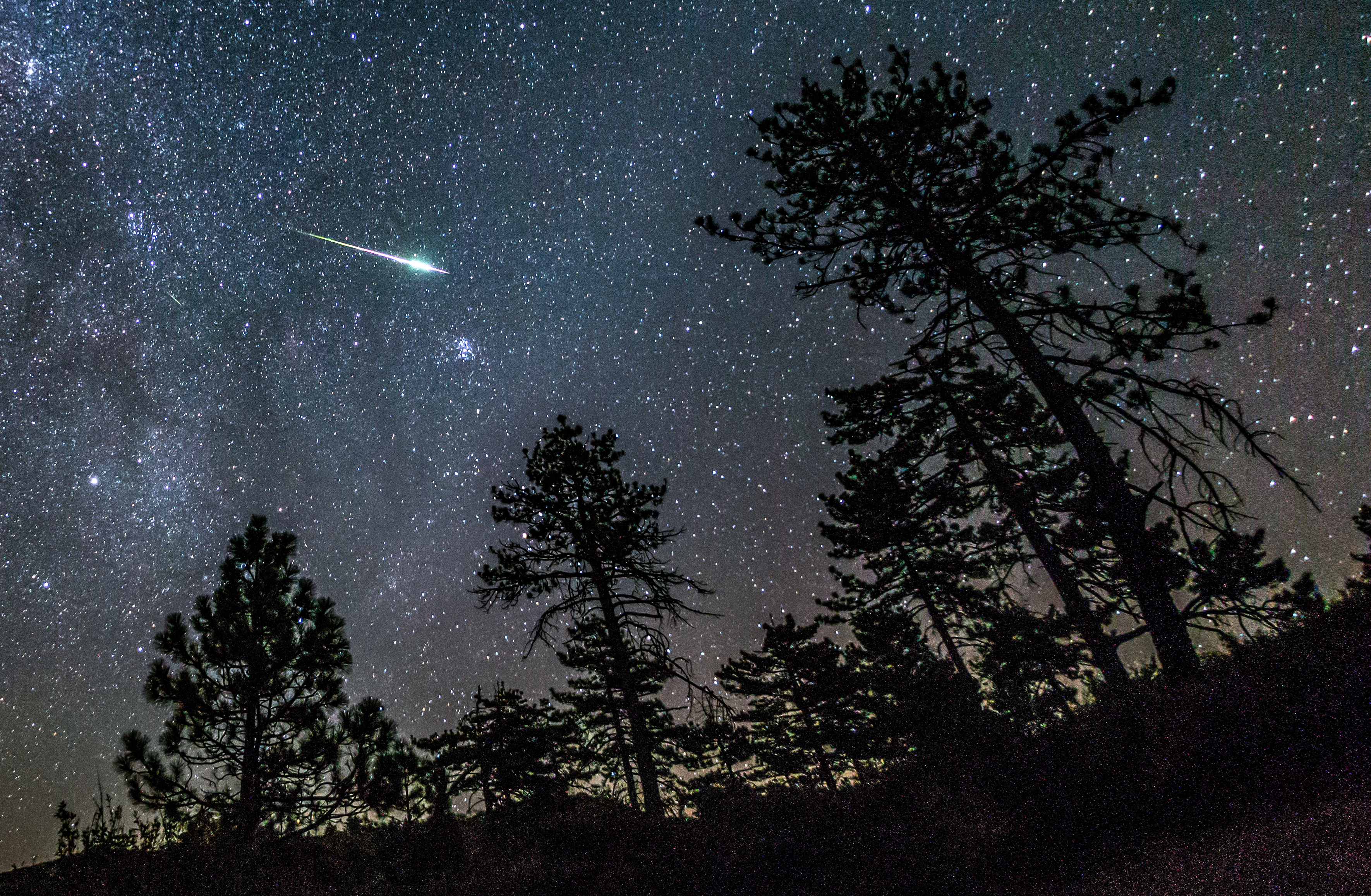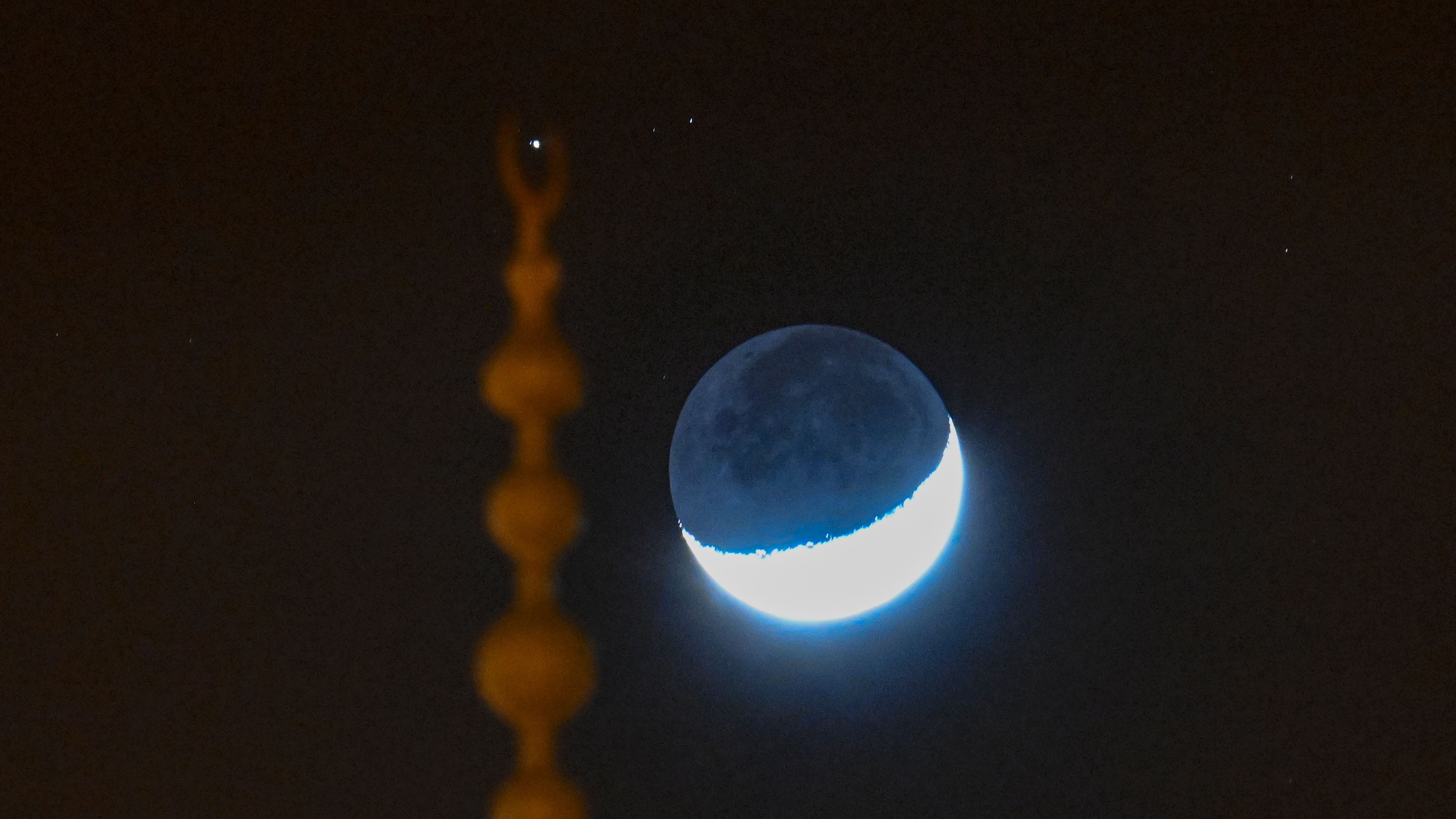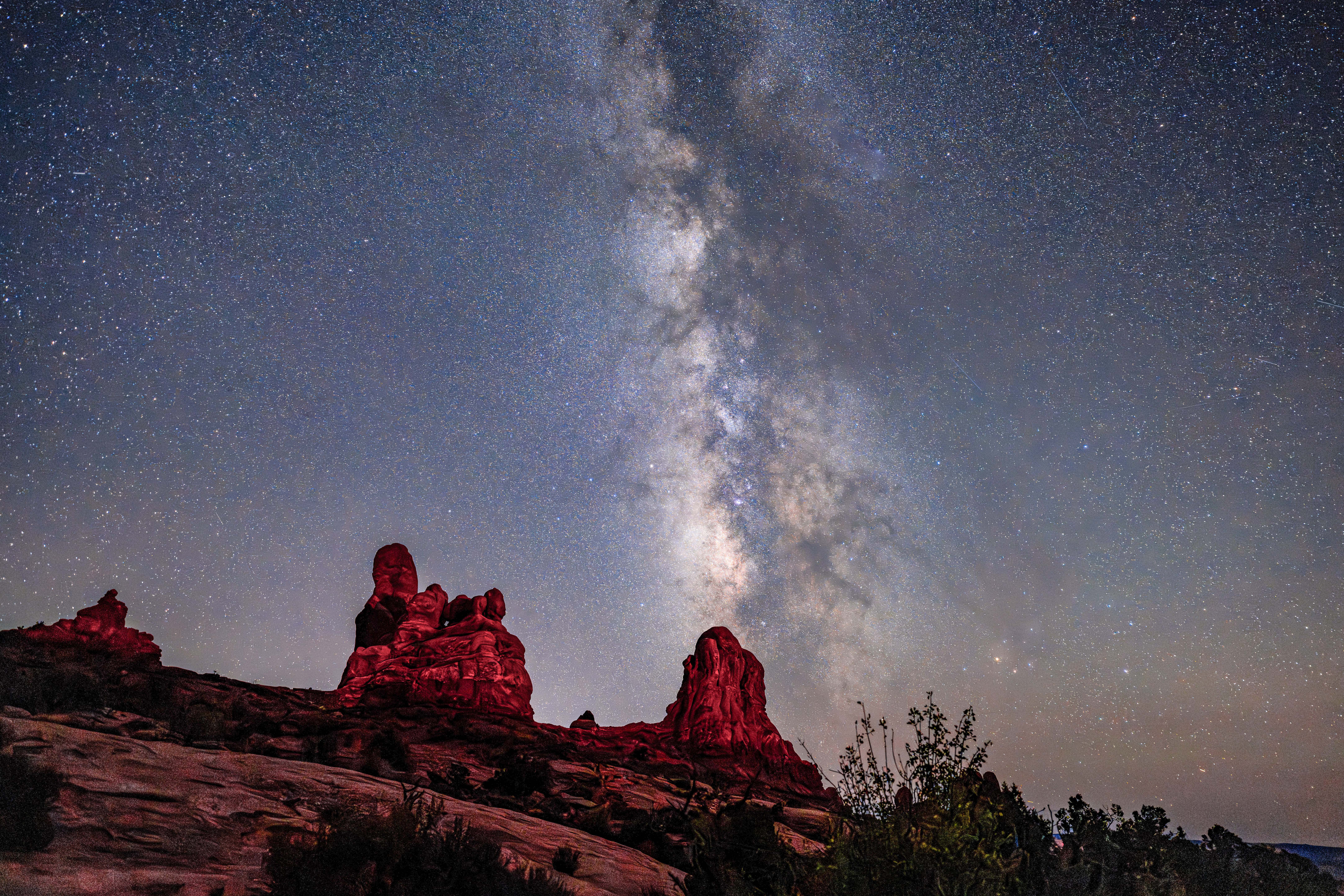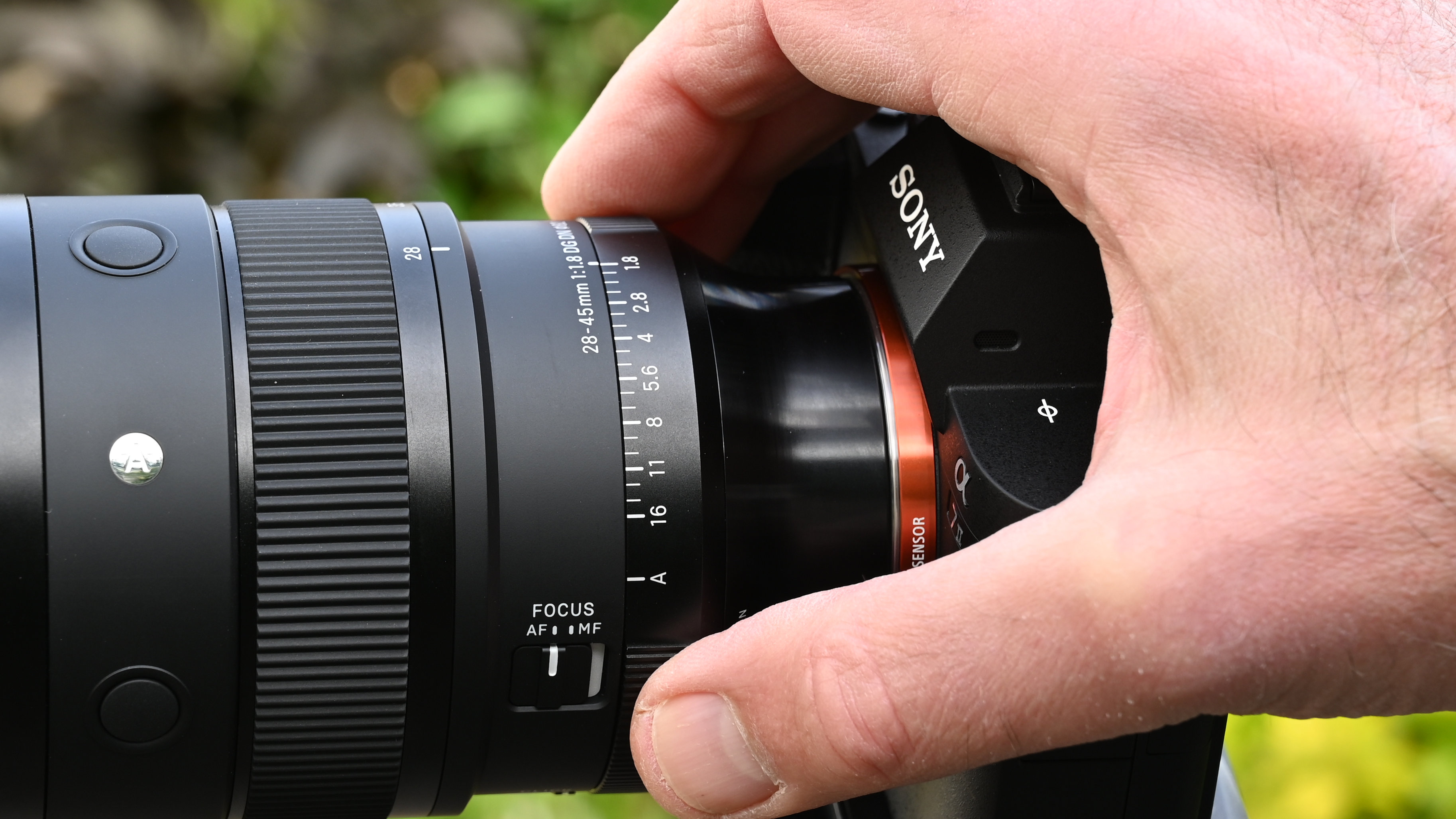Astrophotography guide to August 2025: what to shoot in the night sky this month
Everything you need to know about what’s happening in the night sky this month
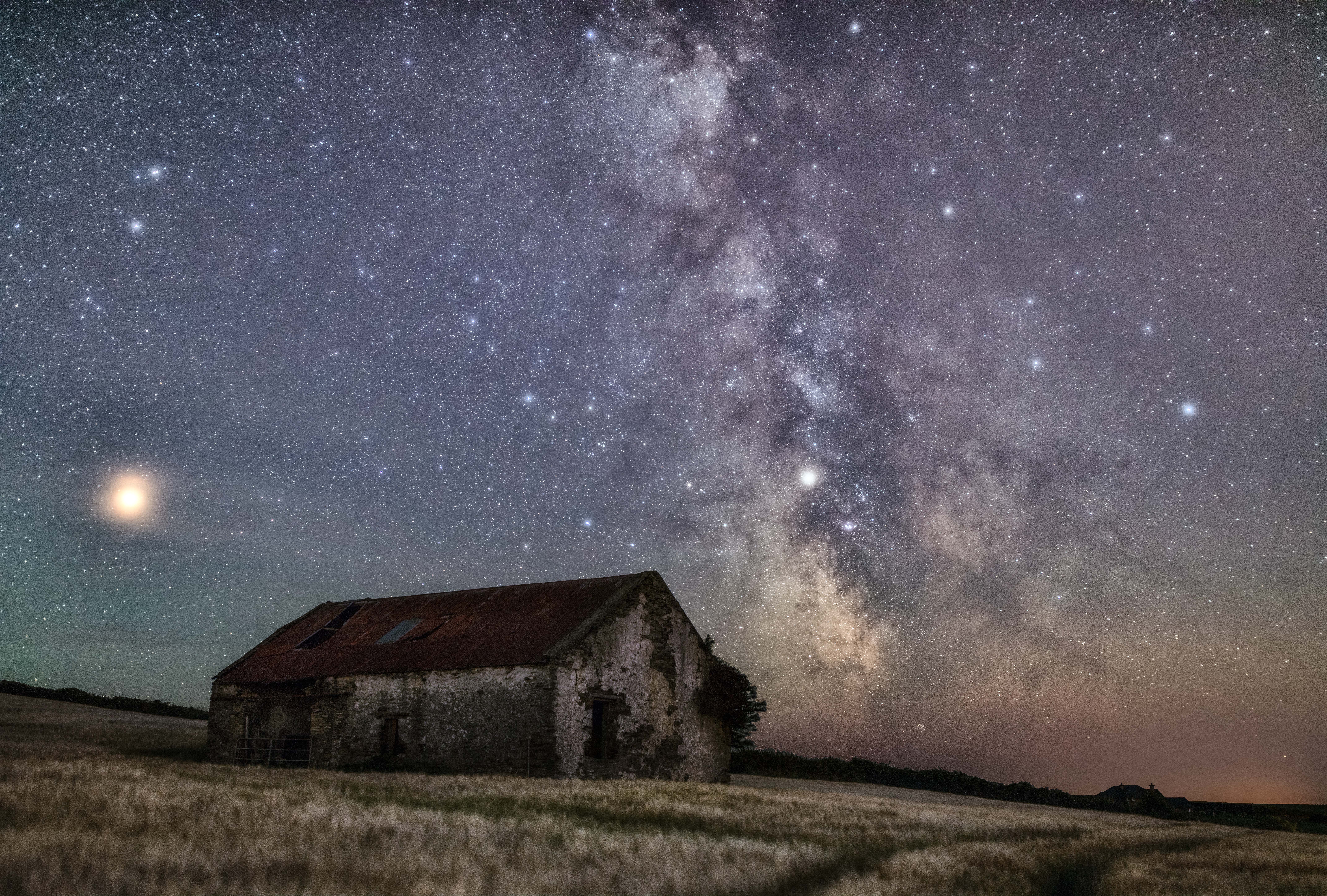
August is a blockbuster month for astrophotographers in the Northern Hemisphere. While the moon steals a few nights early on, it quickly bows out, leaving pristine dark skies.
This month offers one of the year’s finest new moon windows (because it's also the best time to photograph the Milky Way’s galactic core) and a parade of planets at dawn. Despite the famous Perseids peaking under poor conditions, there are still moments to salvage images of "shooting stars."
Whether you’re imaging wide-field landscapes or deep-sky delights, here’s everything you need to know about astrophotography in August 2025.
Friday, 1 August: Venus in the morning sky
This morning is the highest Venus will get in the morning sky this year. Look east an hour before sunrise to find it sparkling above the horizon in the winter constellation Orion (seeing winter constellations is a bonus sight if you get up early). Use a 100mm+ lens and shoot just before twilight peaks. Seen Venus already? Maybe, but catch it while you can — its rapid descent toward solar conjunction begins now.
Read: The best lenses for astrophotography
Friday, August 8 and Saturday, August 9: The full ‘Sturgeon Moon’
August’s full moon, known as the Sturgeon Moon, rises on Saturday night, glowing low in the southeast shortly after sunset. This is your best opportunity to capture a moonrise during the golden hour when the full moon appears oversized and richly colored.
Position yourself with a clear eastern view and use apps like PhotoPills to align the moon with a landmark. A telephoto lens (200–600mm) compresses the scene dramatically, making the moon loom large behind foreground elements. It’s a classic moonshot moment.
The best camera deals, reviews, product advice, and unmissable photography news, direct to your inbox!
Read: How to photograph the full moon
Tuesday, 12 August: Venus and Jupiter conjunction
Before sunrise, look east to catch a breathtaking celestial duo: Venus and Jupiter, just a degree apart. They’re the brightest planets in the sky and look dazzling together — the kind of conjunction that happens only every few years.
The best shots will be wide-field compositions that include the eastern horizon and perhaps even some early morning color. Alternatively, zoom in (135–200mm) to fill the frame with the two planets.
Read: The best light pollution filters
Friday, 15 August: Perseid meteor shower
Although the peak of the Perseids on August 12-13 coincides with a bright moon, conditions improve slightly a few nights later. By August 15, the moon doesn’t rise until close to midnight, giving observers a brief window of darkness in the evening.
Set up in a dark-sky location with a wide-angle lens (14–24mm), ISO 3200, and a 15–20 second exposure, and aim toward the northeast where Perseus rises. You won’t catch dozens, but even a single bright “shooting star” crossing a Milky Way background can make a great image.
Read: How to photograph a meteor shower
Read: How to photograph the stunning Perseid meteor shower
Sunday, August 17 to Wednesday, August 20: Planet Parade
Getting up (or staying up until) an hour before sunrise four nights in a row will this month get your eyes on a beautiful parade of planets and the moon. Venus and Jupiter will shine brightly, with Mercury joining them low in the east. The waning crescent moon will add to the panorama, sinking lower and becoming more slender with each passing morning. Shooting during twilight with a 24–35mm lens, you should be able to capture both the landscape and the sky to produce astrophotography that tells a story.
Read: The best CCD cameras for astrophotography
Saturday, 16 August to Tuesday, 26 August: ‘Milky Way window’
Tonight is the Last Quarter Moon, meaning that our satellite will be half-lit, on the wane and rising after midnight. That makes the next 10 or so nights excellent for astrophotography of all kinds, and this month, it's a prime time to photograph the Milky Way.
Read: The best star tracker camera mounts
Sunday, August 31: Venus and the Beehive Cluster
One of the most enchanting and challenging shots of the month comes right at the end. Just before sunrise, Venus gleams in the east and appears to brush past the Beehive Cluster (M44) in Cancer. To photograph it, use a 100–200mm telephoto lens and aim for maximum darkness before nautical twilight brightens the sky. Keep exposures short (1–2 seconds) to preserve the cluster’s delicate light without overexposing Venus.
Read: The best cameras for astrophotography
Astrophotography shot of the month: The Summer Milky Way
Go anywhere dark this month when the moon is down (16-26 August), and you'll see, right after dark, the Milky Way arcing from high in the southeast down to the southern horizon. It's a fabulous sight and worth capturing on camera, but you do need to take some precautions to get yourself the very best view. Go somewhere others are not, preferably 25 miles from city lights under dark skies, but find a dark southern horizon (a city to the south will put light domes in your images).
When you're in position, look south between 10 p.m. and 2 a.m. when the galactic core is highest. Any full-frame camera on a tripod with a 14-24mm f/2.8 lens will yield an excellent shot. Shoot in raw mode and experiment with ISO settings between 1600 and 6400 and exposures of between 10 and 25 seconds. For sharper stars, use a star tracker and expose for 2–3 minutes at lower ISO.
Read: The best light pollution filters
Read more:

Jamie has been writing about photography, astronomy, astro-tourism and astrophotography for over 15 years, producing content for Forbes, Space.com, Live Science, Techradar, T3, BBC Wildlife, Science Focus, Sky & Telescope, BBC Sky At Night, South China Morning Post, The Guardian, The Telegraph and Travel+Leisure.
As the editor for When Is The Next Eclipse, he has a wealth of experience, expertise and enthusiasm for astrophotography, from capturing the moon and meteor showers to solar and lunar eclipses.
He also brings a great deal of knowledge on action cameras, 360 cameras, AI cameras, camera backpacks, telescopes, gimbals, tripods and all manner of photography equipment.
You must confirm your public display name before commenting
Please logout and then login again, you will then be prompted to enter your display name.
